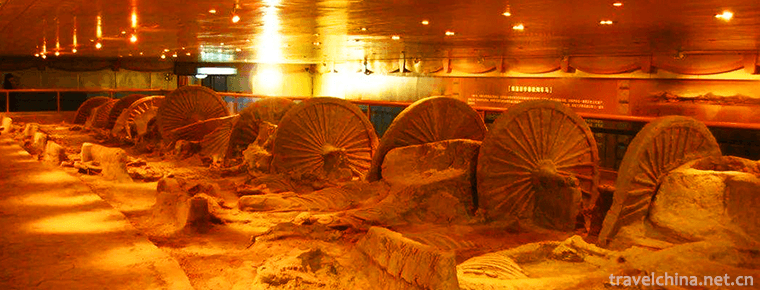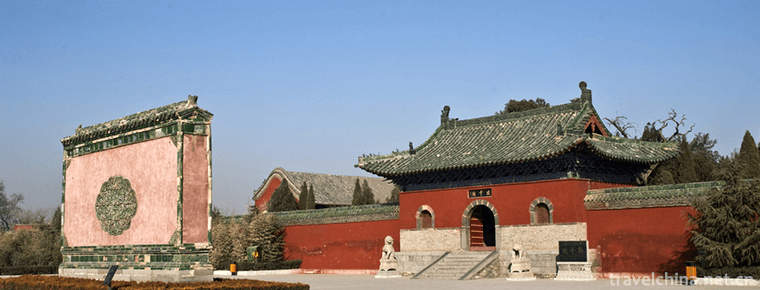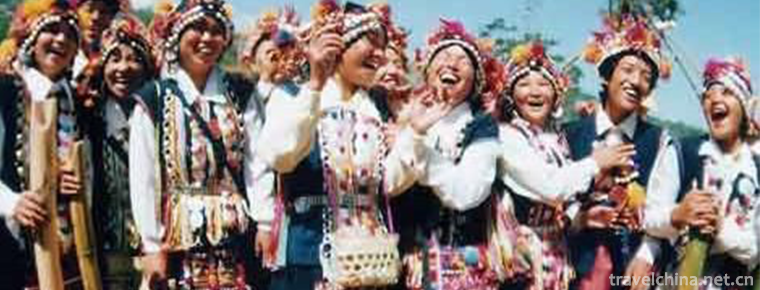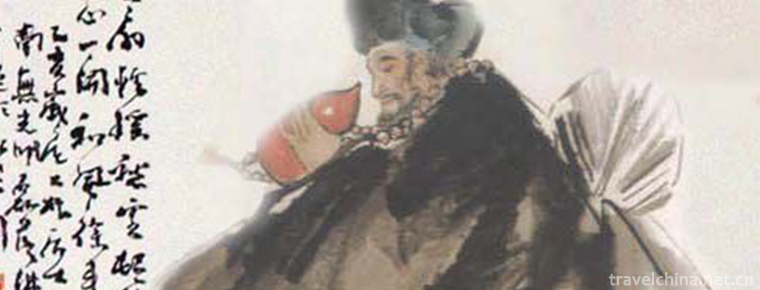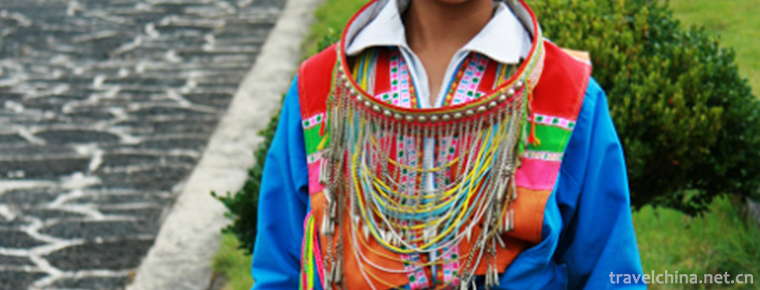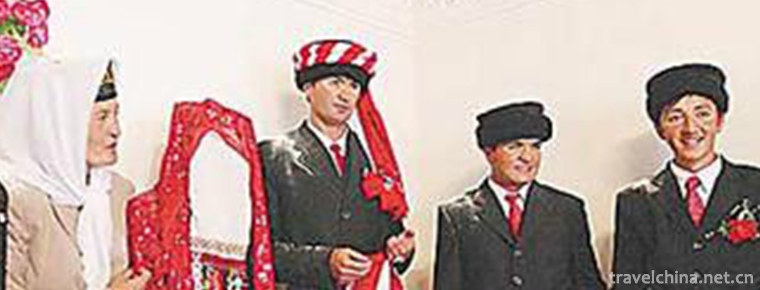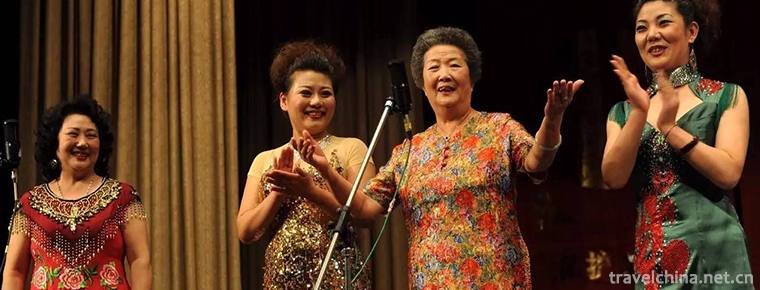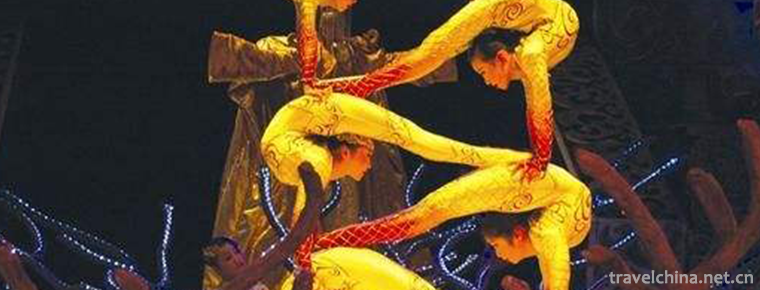Jingdezhen Handmade Porcelain Craft
Jingdezhen Handmade Porcelain Craft
Jingdezhen Handmade Porcelain Craft, the traditional handmade Porcelain Craft in Jingdezhen City, Jiangxi Province, is one of the national intangible cultural heritage.
On May 20, 2006, Jingdezhen Handmade Porcelain Craft was listed in the first batch of national intangible cultural heritage list of traditional crafts, item number.
In October 2009, "Jingdezhen Traditional Handmade Porcelain Craft" has passed the expert review and formally declared on behalf of China the United Nations 2010 "List of Non-material Cultural Heritage Representatives".
historical origin
Archaeological excavations show that Jingdezhen began to produce porcelain in the Five Dynasties, developed rapidly in the Song and Yuan Dynasties, and set up imperial factories in Pearl Mountain in the Ming and Qing Dynasties, which became the center of porcelain making in China.
The custom of Jingdezhen porcelain industry is an important part of the history of Jingdezhen porcelain making. In the Song Dynasty, Jingdezhen appeared the landscape of "village kiln fire, household pottery pottery pottery pottery pottery pottery pottery pottery pottery pottery pottery" and the custom of porcelain industry has taken shape.
After the Ming and Qing Dynasties, the establishment of Zhushan Imperial Factory and the further expansion of overseas markets stimulated the vigorous development of Jingdezhen's porcelain industry. As a result, almost all the small kiln workshops scattered in the countryside concentrated in the urban areas, forming numerous handicraft workshops and absorbing a large number of practitioners. As a result, Jingdezhen became a ceramics metropolis with the name of "Five-sided Miscellaneous Places" and "Eighteen Provincial Wharfs", which laid a solid foundation for the ultimate formation of the ceramics custom.
During the period of the Republic of China, the prominent performance of Jingdezhen's porcelain industry custom was the continuous growth of the ranks of Hakka porcelain merchants and the emergence of a large number of porcelain shops, ceramics villas and porcelain brands. Each business group has its own porcelain shop, porcelain village or porcelain name. They have strengthened the contacts between Jingdezhen and the outside world, and also manipulated the transportation and marketing of Jingdezhen porcelain. Following these customs and habits, the custom of Jingdezhen porcelain industry has added new connotations.
Since the founding of New China, with the continuous development of mechanized production of porcelain industry, some traditional Jingdezhen hand-made ceramic technology links and related equipment have been eliminated. Although traditional techniques have been partly preserved and developed, many process links are still losing or disappearing.
Process characteristics
Jingdezhen Handmade Porcelain Craftsmanship has formed its own characteristics and system on the basis of collecting famous kiln craftsmanship from all over China. Its fine division of labor and high degree of specialization are incomparable to other handicraft industries.
The production organization of Royal Kiln Factory is quite complete. It has all kinds of workshops in the blank making industry: Pottery Workshop in Bingbu, workshops for making round and carved boxes, workshops for making boxes, and various auxiliary workshops, such as mud and water works, big wood works, ship and wood works, iron works, etc. Many local operations are mostly performed by highly specialized craftsmen. At the same time, the two lines of burning and making were concentrated in the factory, and several imperial kilns were set up, which formed a large-scale handicraft workshop with complete categories and omnipotence.
The traditional handmade moulding techniques handed down from Jingdezhen, such as hand-kneading moulding, are not only the basic moulding methods, but also the oldest ceramic moulding method in history. Such a shaping method requires the rigorous and casual exertion of craftsmen, the control of maneuverability and the grasp of the overall structure of the hands are the accumulation of long-term experience. In modern ceramics, we can often see the application of this ancient forming method. Ceramic craftsmen have integrated various elements of shaping techniques and the use of various hand-made tools, thus presenting a more modern humanistic spirit of art works, such as clay man's fabrication, building shaping and so on.
The traditional clay bar tray building is the combination of nature and art. The artistic beauty revealed by nature is its inherent artistic beauty attribute, just like the unique characteristics of animals and plants in nature.
Inheritance and protection
Inheritance significance
Jingdezhen hand-made porcelain technology contains a very rich cultural heritage, reflecting the artistic value of traditional handmade forming process.
Jingdezhen's hand-made porcelain technology relies on the countless practice process of generations of craftsmen. Porcelain in different periods shows the characteristics of the combination of ancient people and nature, and the hand-made shape fully reflects its unique source of nature, fits life, and has profound humanistic and artistic value.
Jingdezhen Handmade Porcelain Craft is unique and unique in industrial culture ecology in China and even in the world. Humanistic information based on production cooperation bears the spirit of Chinese culture and the philosophical wisdom of the Chinese nation. Paying attention to the perfection of heaven and earth contains the great philosophical thought of Chinese people's reverence for heaven and earth, the unity of heaven and man, and harmonious coexistence with the natural world. It bears the production and life of the porcelain kiln workers, and is the basis of the social identity and belonging of the porcelain capital.
Inheriting characters
Chen Shengfa, male, was born on September 20, 1930. On May 26, 2009, Chen Shengfa was selected as the representative successor of the third batch of national intangible cultural heritage projects and declared in Jingdezhen, Jiangxi Province. Project Name: Jingdezhen Handmade Porcelain Craft.
Wang Yansheng, male, was born on September 15, 1934. On May 26, 2009, Wang Yansheng was selected as the representative successor of the third batch of national intangible cultural heritage projects and declared in Jingdezhen, Jiangxi Province. Project Name: Jingdezhen Handmade Porcelain Craft.
Cao Kaiyong, male, was born on March 26, 1939. On May 26, 2009, Cao Kaiyong was selected as the representative successor of the third batch of national intangible cultural heritage projects and declared in Jingdezhen, Jiangxi Province. Project Name: Jingdezhen Handmade Porcelain Craft.
Lan Guohua, male, was born on August 24, 1941. In December 2012, Lan Guohua was selected as the representative successor of the fourth batch of national intangible cultural heritage projects and declared in Jingdezhen, Jiangxi Province. Project Name: Jingdezhen Handmade Porcelain Craft.
Huang Yunpeng, male, was born in May 1942. In December 2012, Huang Yunpeng was selected as the representative successor of the fourth batch of national intangible cultural heritage projects and declared in Jingdezhen, Jiangxi Province. Project Name: Jingdezhen Handmade Porcelain Craft.
Li Wenyue, male, was born in August 1959. In December 2012, Li Wenyue was selected as the representative successor of the fourth batch of national intangible cultural heritage projects and declared in Jingdezhen, Jiangxi Province. Project Name: Jingdezhen Handmade Porcelain Craft.
Deng Xiping, female, was born in November 1942. In December 2012, Deng Xiping was selected as the representative successor of the fourth batch of national intangible cultural heritage projects and declared in Jingdezhen, Jiangxi Province. Project Name: Jingdezhen Handmade Porcelain Craft.
Zhu Danchen, male, was born in November 1955. In December 2012, Zhu Danchen was selected as the representative successor of the fourth batch of national intangible cultural heritage projects and declared in Jingdezhen, Jiangxi Province. Project Name: Jingdezhen Handmade Porcelain Craft.
Fu Changmin, female, was born in August 1968. In December 2012, Fu Changmin was selected as the representative successor of the fourth batch of national intangible cultural heritage projects and declared in Jingdezhen, Jiangxi Province. Project Name: Jingdezhen Handmade Porcelain Craft.
protective measures
On the afternoon of December 19, 2017, Jingdezhen Wenguang New Bureau announced that it took three and a half years for Jingdezhen Wenguang New Bureau to complete the production of the large-scale Jingdezhen traditional handmade ceramic technology documentary "Craftsmanship" which spanned many provinces and cities and concentrated on displaying the process of the handmade ceramic technology for thousands of years. This documentary, which bears Jingdezhen's exquisite ceramic technology for more than 1,000 years, is both the city's documentary. The tremendous achievements of non-legacy preservation have left precious materials for future generations to learn the craft of hand-made porcelain.
In May 2013, the Guyao Folklore Expo successfully declared the national 5a-level scenic spot. While achieving the "zero" breakthrough in the 5A scenic spot of Jingdezhen, it also became the only 5A scenic spot in China with the theme of displaying ceramic culture. The ancient kiln has not only become a unique scenic spot to display the Millennium ceramic culture of Jingdezhen, but also a heritage of Jingdezhen's hand-made ceramic technology and a continuation of the Millennium kiln fire.
social influence
On May 27, 2017, the invitation for the intangible cultural heritage of the Bird's Nest 2017, which was co-sponsored by the National Stadium Bird's Nest Cultural Center and Beijing Cultural Property Exchange Center, opened at the National Stadium Bird's Nest Cultural Center. The representative works of Jingdezhen Handmade Porcelain Crafts were displayed at the exhibition.
From October 15 to 17, 2017, the Second Yangtze River Non-Heritage Exhibition, co-sponsored by China Non-Heritage Conservation Center, Hubei Provincial Cultural Department and Wuhan Municipal Government, was concluded in Han by Wuhan Cultural Bureau, Wuhan Tourism Development Investment Group and Hubei Provincial Non-Heritage Conservation Center. Jingdezhen Handmade Porcelain Technology was exchanged by non-hereditary successors at the exhibition.
Cultural anecdotes
The custom of Jingdezhen porcelain industry was formed with the production of porcelain industry in the long-term practice. It can be roughly divided into the following aspects:
1. sacrifices
Jingdezhen Industry God is the protection of the interests of the industry offered and sacrificed by the porcelain industry. There are different gods worshipped in different industries, such as kiln gods, master gods in billet industry, rich gods in box industry and so on.
The kiln God is the "god of wind and fire", which was set up to honor the Ming Dynasty children as the "god of wind and fire" by burning delicate dragon vats. Every kiln house on weekdays is provided with a shrine of the God of fire and wind. Before firing the kiln, prayers are made before the shrine is ignited, and prayers are made for blessings to burn the good kiln. Every winter, warming kiln God activities are held, which are quite grand.
The ancestor of the porcelain industry is the god worshipped by Jingdezhen's billet industry. The master temple was built in the Ming Dynasty and worshipped Zhao Qian as the God of ceramics. The ceramics industry celebrated the celebration of the celebration.
Qian Dayuan, a god worshipped by the boxes industry, is worshipped in the temple of Xinshe Commune in honor of the five brothers of Marshal Qian who first invented the boxes. The worship activities are held every year from April 16 to 19 in the lunar calendar.
2. Porcelain Industry Management
Customs in the management of porcelain industry is the main part of the industry. Due to the complicated process of making porcelain, a set of rules has gradually formed in the development of the industry for the convenience of management. Including industry organizations such as trade associations, Hangzhou clubs, guildhalls and so on, in order to manage, restrain, regulate, reward and punishment and contact feelings.
3. Professional Proverbs
The potters in Jingdezhen exchanged and learned their skills in production practice and formed professional jargon with local and professional characteristics. As a tool of technology exchange and communication, industry language has formed an important part of industry culture. It is not only a local dialect, but also has the characteristics of folklore. It contains technical experience, scientific, local and folk. Such as: billet (i.e. repairing billet), hoop (lacing fired porcelain), twin kiln (building and repairing firewood kiln) and so on, these industry sayings are widely used, involving every specific industrial language, with obvious industry characteristics, because Jingdezhen is a "five-party mixed" place, so the industry language is quite complex. However, due to the lack of special records, these industry languages belong to the spoken form, which has gradually changed with the development of culture.
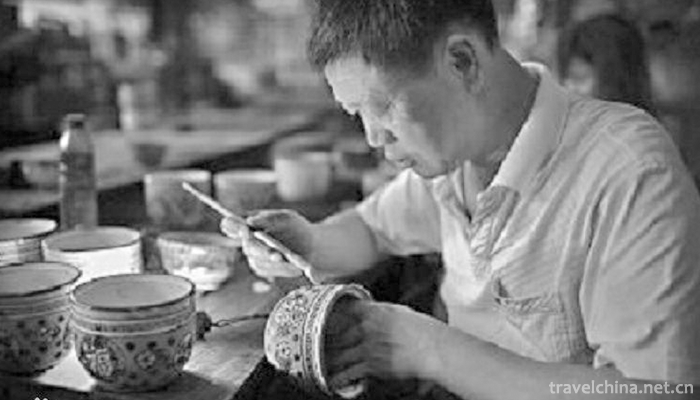
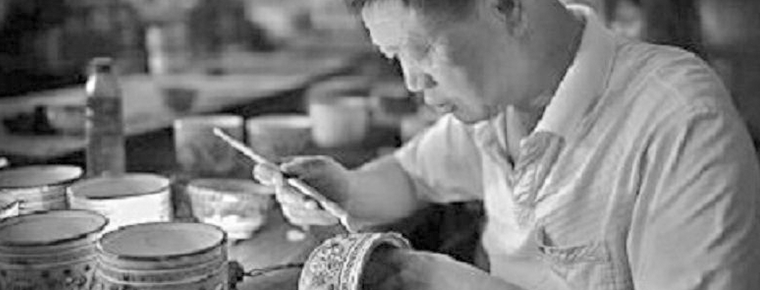
Jingdezhen Handmade Porcelain Craft
-
Linyi Animal and Botanical Garden
Linyi Animal and Botanical Garden is a national AAAA-level tourist attraction , located at the core of Linyi Economic and Technological Development Zone, Shandong Province
Views: 250 Time 2018-12-22 -
China Antique Car Museum
Located on the Houli Cultural Site, the Chinese Ancient Car Museum is the first most systematic and complete Museum in contemporary China, which integrates the Car and Horse Sites with the display of
Views: 126 Time 2018-12-22 -
Bigan Temple
Bigan Temple, located in Weihui, Henan Province, is one of the most important temple-tomb complex. It is the first temple in China with tomb-worshippers, known as "the first temple in the world&a
Views: 203 Time 2019-01-02 -
Multi voice Folk Songs of Hani Nationality
Hani multi-voice folk songs are popular in several Hani villages in the eastern part of Azahe Township, Honghe County, with Puchun Village as the center. Their natural environment is closed and traffi
Views: 200 Time 2019-05-02 -
Legend of Ji Gong
The legend of Jigong is a kind of Chinese folk oral literature evolved from the story of Daoji, a Buddhist monk in the Southern Song Dynasty. It is centered in Tiantai County,
Views: 563 Time 2019-05-05 -
Lisu Folk Songs
Lisu people advocate singing in tune. In the multi-voice unaccompanied chorus of Lisu people, the three major tunes of Lisu folk songs are "swing time", "excellent leaf" and "
Views: 140 Time 2019-06-17 -
Tajik Marriage Customs
On the Pamir Plateau, which is more than 4000 meters above sea level, there is a Tajik people living in China. This is a people who can sing, dance and hospitality. Their life is full of mystery, and
Views: 146 Time 2019-06-17 -
Tianjin Timing
Tianjin tune originated from Ming and Qing Xiaoqu. It was formed in the late Qing Dynasty and spread in the early Republic of China. It was sung in Tianjin dialect. The performance form of Tianjin Dia
Views: 387 Time 2019-06-20 -
Wuhan acrobatics
In the 20 years of Qingdaoguang (1840), folk acrobats from Tianmen, Wuyang and other places in Hubei came to Wuhan to perform, and then gradually formed a class club to enter the stage. Folk artists s
Views: 172 Time 2019-06-30 -
Southwest University of Science and Technology
Southwest University of Science and Technology is located in Mianyang City, Sichuan Province. The school is a university built jointly by the Sichuan Provincial People's Government and the Ministry of
Views: 230 Time 2019-08-31 -
Education in Neijiang
By the end of 2019, there are 1170 schools at all levels in Neijiang City, with 570100 students and 39400 teaching staff. There are 689 kindergartens with 88900 students; 274 primary schools with 205400 students; 137 junior high schools with 126400 students;
Views: 369 Time 2020-12-16 -
Meishan City logo
Meishan City logo is composed of ancient Chinese tile pattern and Dongpo head portrait, which shows a feeling of ancient historical traces and reflects the ancient culture of Meishan. From the design to the font are used a simple style, using the combinatio
Views: 336 Time 2020-12-18

